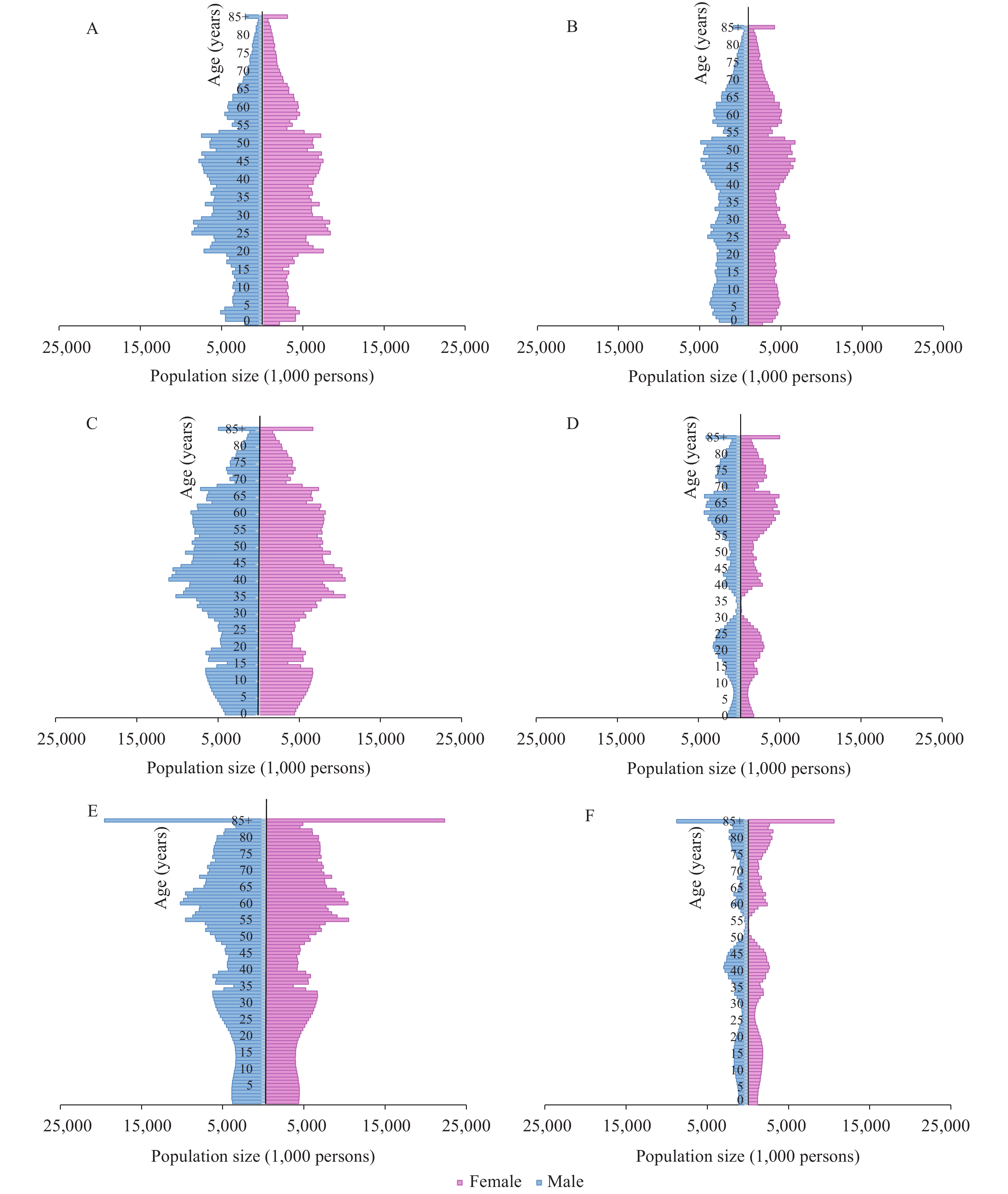2020 Vol. 2, No. 28
What is already known about this topic?
In the context of rapid population ageing and over represented disabilities among the elderly, healthcare services for the elderly persons with disabilities are one of the most urgent and important population and public health issues. Previous studies indicated that the weighted prevalence rate of lifetime healthcare service use was 36.6% (95% CI: 35.6–37.5) among persons with disabilities aged 60 years and above in 2006.
What is added by this report?
We found that the lifetime utilization rate of auxiliary aids among elderly with disabilities increased significantly from 4.96% in 1987 to 9.07% in 2006 (ptrend<0.001), and the utilization rate of healthcare service in the last 12 months increased significantly from 18.6% in 2007 to 56.9% in 2014 (ptrend<0.001) among total elderly with disabilities.
What are the implications for public health practice?
The arduous achievement indicated the success of social, economic, and medical reforms as well as health equity improvement of China. However, more sound policies and action are needed to further reduce the unmet needs in healthcare services.
What is already known about this topic?
Along with the quick change of society and health transformation, as well as the continued expansion of urbanization, the health risk and its variation of migrants in China would became more complicated.
What is added by this report?
Although a decreasing net migration flow trend was presented from 2015 to 2050, an increasing pace of aging and younger-age trend of migrants would pose serious challenges for population health in China. Deepening aging trend of migrants contributes to the increment of the disease burden of non-communicable diseases (NCDs) and disabilities, and the upward trend of young-age migrant patients with infectious diseases remain a threat to the future intervention and prevention of infectious diseases.
What are the implications for public health practice?
Health policies to eliminate the adverse effects of migration on population health should pay more attention to meet the health care demands of highly vulnerable migrant populations, such as very older and very young migrants.
After menopause, women are prone to chronic diseases such as cardiovascular disease, diabetes and osteoporosis and gynecological diseases such as pelvic floor dysfunction and reproductive tract infection.
The prevalence of hypertension, diabetes, cardiovascular disease and osteoporosis increased with age, while the prevalence of vaginitis and cervicitis decreased with the increase of age. The proportions of women aged 50–70 years old suffering from chronic and gynecological diseases in western and rural areas were significantly higher than those in eastern, central and urban areas.
It is necessary to take targeted intervention measures in the western region and rural areas, in order to narrow the gap in health of menopausal and older women between different areas of China.
What is already known on this topic?
Due to shifting circumstances in China, the government has adjusted the child-bearing policy to allow couples to have a second child. This has affected the total number of live births, especially in more developed urban areas.
What is added by this report?
The total number of live births in the 4 monitoring cities including Chengdu, Wuhan, Shenzhen, and Beijing during 2014–2019 increased by 33.0%, 20.3%, 10.7%, and 8.2%, respectively. From 2014 to 2017, the proportion of total live births that were policy related increased in each city: Chengdu (2.0% to 35.0%), Wuhan (1.0% to 25.1%), Shenzhen (0.6% to 39.4%), and Beijing (3.1% to 30.2%).
What are the implications for public health practice?
Our results showed that the implementation of the new adjusted family planning policy alleviated the downward trends in total live births and is unlikely to lead a baby boom as estimated by previous studies.



 Subscribe for E-mail Alerts
Subscribe for E-mail Alerts CCDC Weekly RSS Feed
CCDC Weekly RSS Feed
